
Classic luxury handbag brands hold a timeless appeal that transcends fashion trends. From Chanel to Hermès, these brands have established themselves as symbols of elegance and craftsmanship. Their ability to combine practicality with high-quality materials and iconic designs makes them a staple in the wardrobes of the discerning.

The allure of classic luxury handbags lies not only in their aesthetic beauty but also in their status as investments. Well-crafted pieces often appreciate in value over time, making them coveted items among collectors and fashion enthusiasts. Owning a handbag from a prestigious brand is often seen as a reflection of personal style and social status.
Exploring the world of classic luxury handbags reveals a rich history and commitment to excellence. Each brand tells a unique story, rooted in tradition and artistry. Enthusiasts appreciate the meticulous attention to detail that defines these luxury items.
History of Classic Luxury Handbag Brands
The history of classic luxury handbag brands showcases a rich tapestry of craftsmanship, influence, and timeless design. Significant events and key designers have shaped the handbag industry, establishing brands that resonate with elegance and status.
European Heritage
Many classic luxury handbag brands trace their roots to Europe, where the tradition of fine leather craftsmanship began. In the 19th century, makers in France and Italy started producing exquisite leather goods. These early creations laid the groundwork for luxury handbags.
Brands such as Louis Vuitton emerged in France, initially producing travel trunks that emphasized durability and style. By the late 1800s, Vuitton began crafting handbags, which quickly gained popularity among the elite.
Italian brands like Gucci came later, establishing a reputation for high-quality leather products and craftsmanship. Their influence transformed fashion in the mid-20th century, making Italian design synonymous with luxury. This European heritage remains evident in the prominence and desirability of these brands today.
Iconic Designers and Their Influence
Key designers have significantly impacted the world of luxury handbags. Names like Coco Chanel, Hermès, and Christian Dior have created iconic pieces that have shaped fashion history.
Coco Chanel introduced the classic quilted handbag in the 1920s, revolutionizing women’s fashion with its blend of practicality and style. The Chanel 2.55 remains a symbol of luxury.
Hermès is known for producing the Birkin and Kelly bags, each representing exclusivity and exquisite craftsmanship. These bags serve not only as accessories but also as symbols of status.
Christian Dior’s designs in the mid-20th century emphasized elegance, and his “Lady Dior” handbag became an instant classic. The distinct styles and innovations from these designers continue to influence modern luxury handbag creation, proving that their legacies endure in contemporary fashion.
Defining Features of Luxury Handbags

Luxury handbags are distinguished by their exceptional quality, exclusive designs, and brand identity. They often reflect the craftsmanship, unique styles, and specific characteristics that define their status in the fashion world.
Materials and Craftsmanship
Luxury handbags utilize high-quality materials such as genuine leather, exotic skins, and premium fabrics. Common materials include:
- Calfskin: Soft and durable, often used for classic styles.
- Lambskin: Known for its softness, it adds a luxurious touch.
- Saffiano Leather: A textured and scratch-resistant material.
These materials undergo meticulous treatment and tanning processes to ensure longevity and aesthetic appeal. Craftsmanship is paramount; skilled artisans often handcraft these bags, paying attention to every stitch and detail. Quality control measures ensure that only the best products reach consumers, making each handbag a symbol of excellence.
Signature Styles
Each luxury handbag brand has signature styles that become iconic over time. Brands may have distinct silhouettes, such as:
- Tote bags: Versatile and functional, perfect for everyday use.
- Crossbody bags: Popular for their convenience and style.
- Clutches: Chic options for formal occasions.
These styles often reflect the brand’s heritage and design philosophy. Signature elements, like specific hardware, logos, or unique closures, help create a recognizable identity. Consumers are often willing to invest in these bags due to their timelessness and ability to enhance various outfits.
Brand Hallmarks
Luxury handbag brands establish hallmarks that convey their prestige. These include:
- Logos: Many brands prominently feature logos as a status symbol.
- Unique prints and patterns: Exclusive designs set brands apart.
- Limited editions: Scarcity enhances desirability and value.
Brands often incorporate storytelling elements that connect the consumer to a lifestyle or heritage, further adding to the allure. The combination of these hallmarks reinforces the brand’s image and contributes to the handbag’s luxury status.
Top Classic Luxury Handbag Brands
Classic luxury handbag brands represent a blend of heritage, craftsmanship, and timeless design. The following brands are renowned for their iconic bags that have shaped fashion trends and continue to be sought after by consumers.
Chanel
Chanel is synonymous with elegance and sophistication. Founded by Coco Chanel in 1910, the brand introduced the iconic Chanel No. 5 perfume and the now-famous 2.55 handbag, featuring a quilted design and a chain strap.
The brand emphasizes the meticulous craftsmanship behind each piece, often using premium materials such as lambskin and caviar leather. The interlocking CC logo and signature quilted pattern are emblematic of luxury. Chanel bags also maintain a strong resale value, making them a popular choice among collectors.
Louis Vuitton
Louis Vuitton was established in 1854 and is recognized for its distinctive monogram canvas. The brand combines heritage and modernity in its designs, appealing to a wide range of consumers.
Signature items include the Speedy and Neverfull bags, which showcase versatility and functionality. Known for superior quality and durability, Louis Vuitton uses high-end materials, ensuring long-lasting products. Collaborations with famous artists have kept the brand relevant in contemporary fashion.
Hermès
Founded in 1837, Hermès is famed for its craftsmanship, especially evident in its leather goods. The Birkin and Kelly bags are two of the most coveted handbags globally, crafted with precision and attention to detail.
Each bag requires extensive hours to produce, often making them symbols of exclusivity. Hermès employs premium leathers, such as Togo and Clemence, further enhancing its luxury appeal. Waiting lists for certain styles highlight the brand’s desirability and status.
Gucci
Founded in 1921, Gucci is known for its bold designs and innovative use of materials. The brand has evolved under different creative directions, leading to a diverse range of handbags.
Iconic pieces like the GG Marmont and Dionysus bags feature distinct motifs such as the interlocking G logo. Gucci often collaborates with contemporary artists, infusing fresh energy into their collections. The brand’s commitment to sustainable practices has increasingly become part of its identity.
Prada
Prada was established in 1913, initially focused on luxury leather goods. The brand has since become known for its minimalist aesthetic and innovative designs.
The Nylon Backpack and Prada Galleria bags reflect a blend of practicality and high fashion. Prada frequently employs unexpected materials, pushing the boundaries of traditional luxury. Its influence is evident in contemporary fashion, appealing to both traditional and avant-garde consumers.
Investing in Classic Handbags
Classic handbags are not just fashion statements; they can also be valuable investments. Understanding how to retain their value and the proper care needed can help ensure a good return on investment.
Value Retention
Certain luxury handbag brands maintain their value well over time. Brands like Hermès, Chanel, and Louis Vuitton often appreciate due to their limited production and iconic status.
Factors influencing value retention include:
- Rarity: Limited editions or discontinued styles tend to fetch higher prices.
- Condition: Bags in excellent condition, with original packaging and authenticity cards, are more desirable.
- Market Demand: Trends can affect values, with certain colors or styles experiencing peaks during specific seasons.
Investors should research market trends and auction results to make informed decisions.
Care and Maintenance
Proper maintenance is key to preserving a handbag’s value. Simple steps can make a significant difference.
- Storage: Keep handbags in dust bags and maintain their shape with stuffing or forms.
- Cleaning: Use recommended cleaners for the specific material. Avoid harsh chemicals that can damage the leather or fabric.
- Avoid Overuse: Rotating handbags helps prevent wear and tear, extending their lifespan.
Monitoring wear and addressing issues promptly can maintain a handbag’s appearance and value over time.








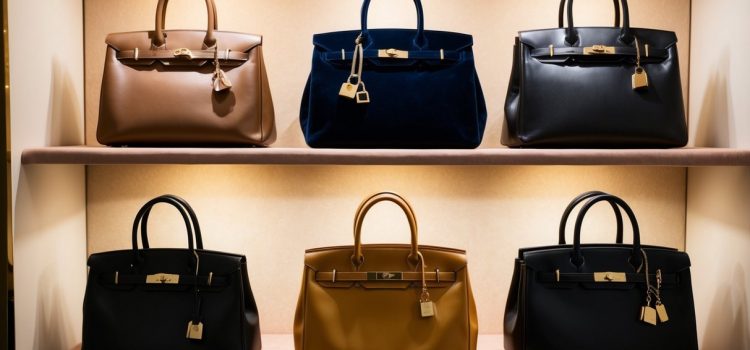
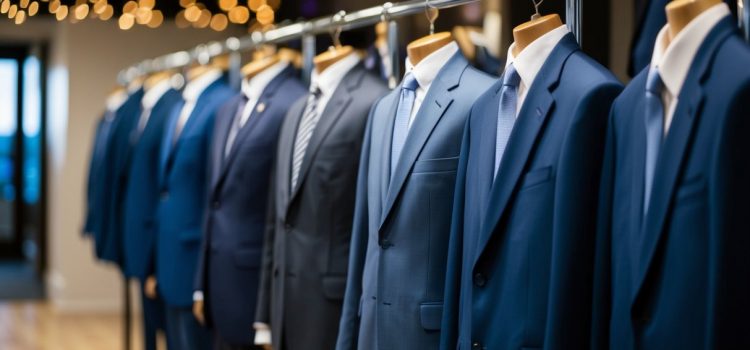


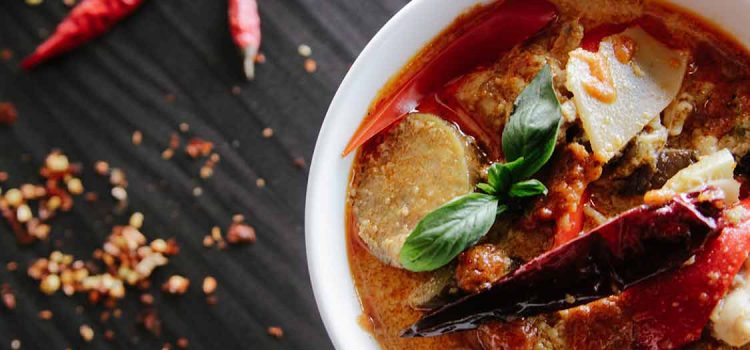



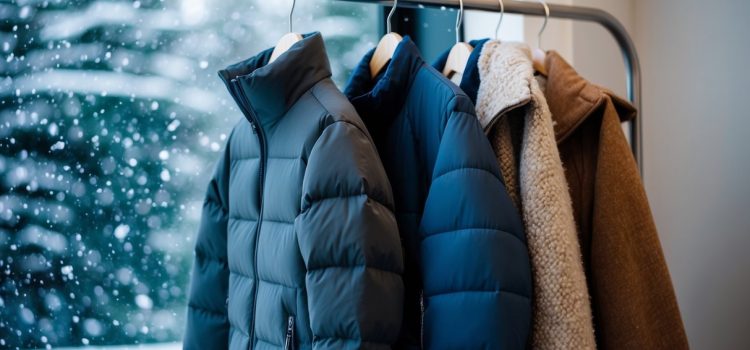



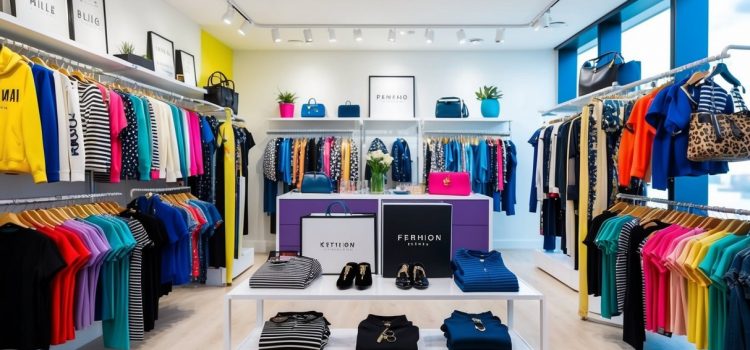


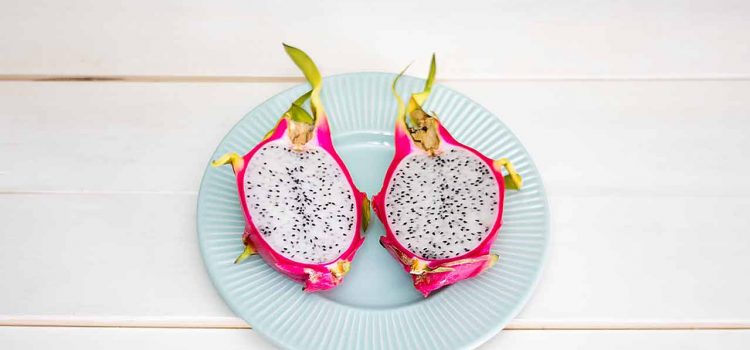
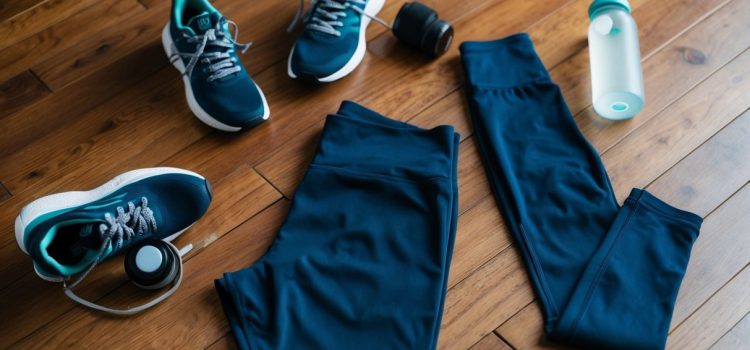




Comments
Hello world!
Pic of the week: Sunset at margate beach
The first day’s journey was through the pink fields
The first day’s journey was through the pink fields
The first day’s journey was through the pink fields